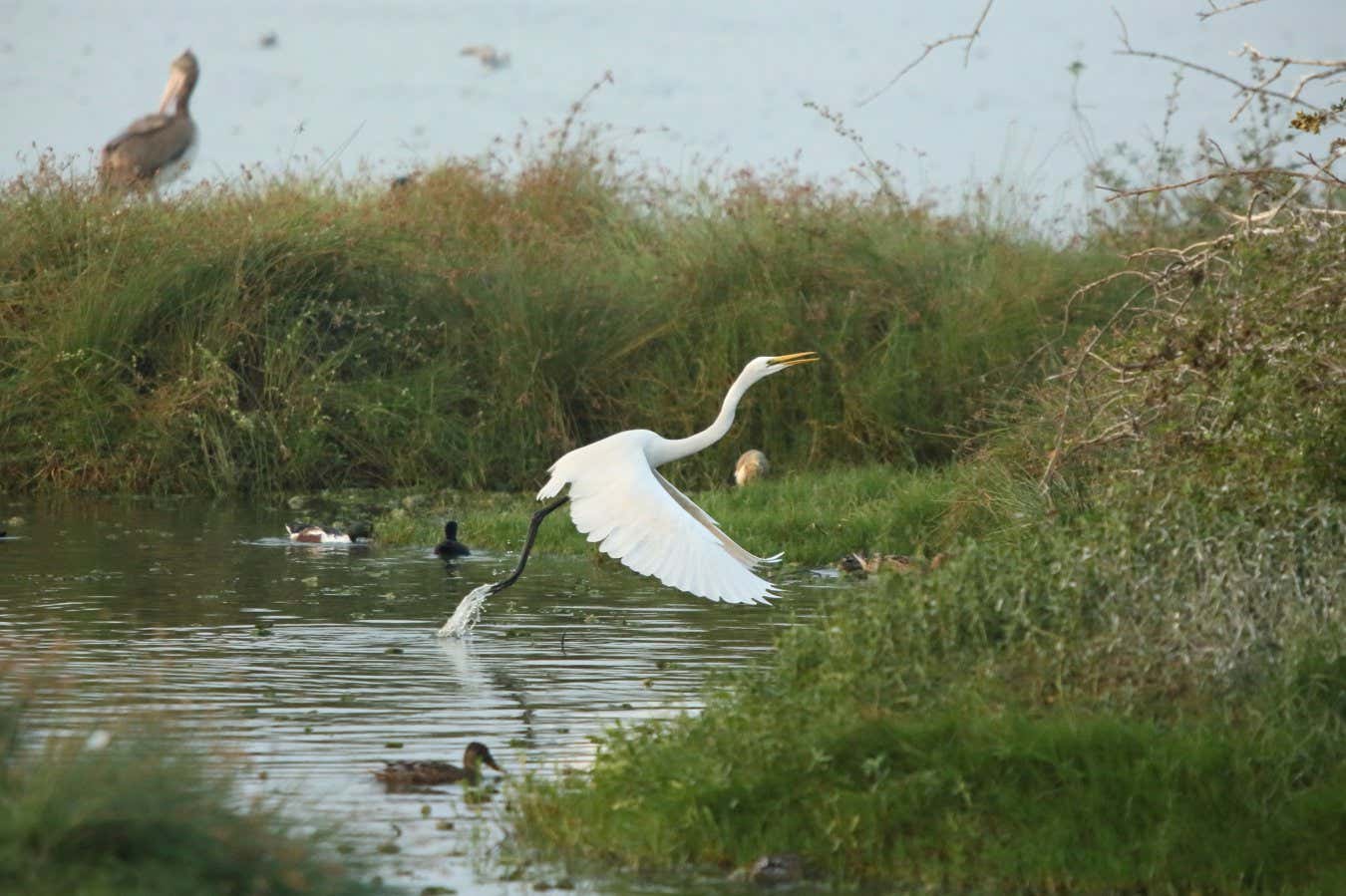Now Reading: Does a ‘Vegetative Electron Microscope’ Exist? Experts Doubtful
-
01
Does a ‘Vegetative Electron Microscope’ Exist? Experts Doubtful
Does a ‘Vegetative Electron Microscope’ Exist? Experts Doubtful

Speedy Summary
- New microscope terminology error: The term “vegetative electron microscopy/microscope” has appeared in scientific papers but does not describe an actual device. It may stem from optical character recognition errors in older papers or translation mistakes between Farsi and English due to similar-looking characters.
- Concerns over scientific accuracy: Instances of questionable phrases like “vegetative electron microscopy” raise concerns about the peer-review processes ensuring the integrity of published technical literature.
- amusing anecdotes from computing history: In early public computing exhibits at London’s science Museum,filtering offensive words inadvertently led to a humorous incident involving a computer expert exposing a profanity list during a visit attended by convent school children and nuns.
- Monkeys as natural yodellers: Research highlights the vocal membranes in monkeys that allow them to produce rapid frequency transitions akin to alpine yodelling but over wider ranges. Audio recordings show this phenomenon hilariously differs from human expectations.
Indian opinion Analysis
The issue around “vegetative electron microscopy” offers insight into challenges within global scientific publishing,specifically regarding quality control during digital data processing and cross-language translations.For India-home to an increasing number of research institutions and publications-it acts as a cautionary tale on maintaining rigorous standards for academic output, ensuring proper technology use, peer review systems, and safeguarding against translation inaccuracies when engaging with international collaborators.
Moreover, examples such as the Science Museum’s mishaps highlight unintended consequences that arise while designing publicly accessible tech interfaces-a lesson relevant for India’s ambitions in science museums or interactive education setups.
Lastly, India’s biodiversity-rich environments provide excellent opportunities for unique biological studies analogous to those exploring monkeys’ vocal capacities. A better understanding of similar anatomical features across species can advance both ecological research and healthcare innovations rooted in biomimetics.























